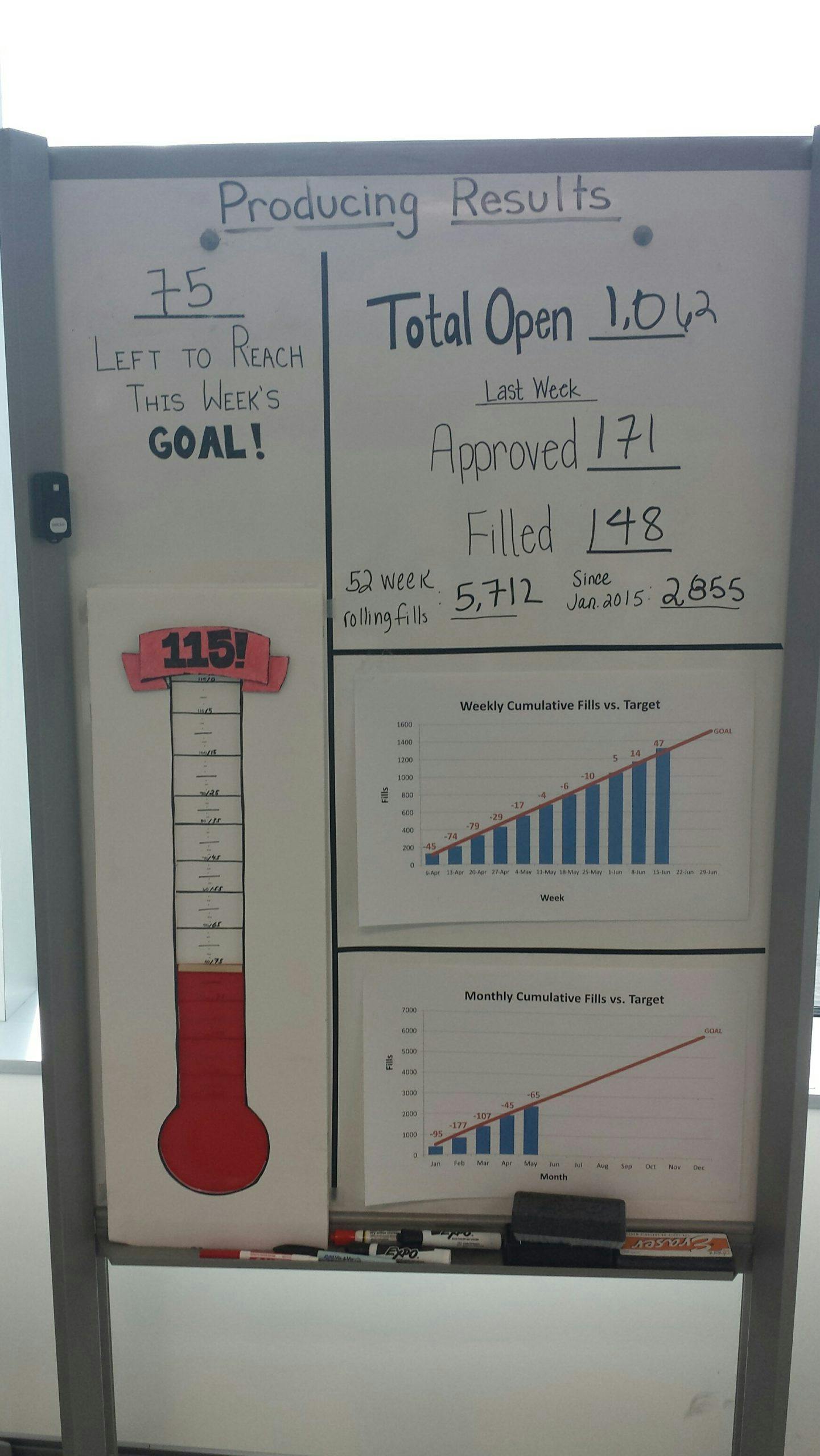Google the definition of a goal and you will find this: “The object of a person’s ambition or effort; an aim or desired result. An intention.”
As a manager, your role is to shape the intentions for each team member to deliver the results required for the individual, team and company to succeed.
For this reason, it is important to be mindful of how you can leverage clear goal-setting to better manage your employees.
1. Align your expectations
If you’re not told what is expected of you, how can you measure your success?
This seems like a silly question, but in reality it is a simple idea that can be extremely hard in practice. Goals provide a framework for expectation setting and help structure the efforts of each employee in a given period of time.
By setting clear goals for each team member, reviewing and adjusting them regularly during your employee one-on-ones, and providing frequent feedback on their progress, you can build alignment and increase team performance.
2. Provide transparency into the bigger picture
The expectations you have for your team sprout from your team’s mandate within the company.
Knightsbridge defines a team’s mandate as, “A concise, clear definition of what the team exists to accomplish.” As you set goals for each individual, take a moment to discuss the team’s mandate and how their role helps deliver it.
Not only will it help them understand their importance to the organization, but they’ll also develop an appreciation for the larger mission.
3. Give your employees a sense of purpose
By establishing the what (clear expectations), and the why (transparency into the bigger picture), you equip your team members with a sense of purpose for their work.
Couple that with clear deadlines, and regular feedback on progress against the goals and your employees will feel both challenged and motivated to succeed.
4. Establish a path for professional development
Employee goals are a great mechanism for professional development progress.
Through regular goal-setting, you and your employee can compile a list of micro-milestones aimed at developing skills and experiences needed to reach the next level of their career. This can range from speaking at a conference, to leading a project, to simply showing up for work each day on time.
Micro-milestones aimed at the bigger picture make career growth clear and achievable.
5. Focus your recognition
As a manager, you often find yourself lacking time. If your team is growing, you probably have more direct reports than you can manage, and staying on top of each individual’s progress feels impossible.
Although setting goals and committing to regular check-ins won’t solve all of your problems, it will reserve the time needed to review progress, connect with your employee and recognize them for the work they have done.
Managers can make or break an experience for an employee, especially early on in their career. Don’t wait until the end of the year to recognize an employee’s hard work. Proper real-time recognition for meeting goals is critical.
What do you get from it?
Everything discussed here works towards the most beneficial component of goal-setting — a strengthened relationship between an employee and their manager.
Goal-setting is a channel for regular communication. It allows you to recognize your employee, and ensure that your employee has a place to voice concerns, adjust their goals, and give you upward feedback on your goal-setting techniques.
All of this, fosters a trusting relationship, and ultimately, a more productive one for all.
